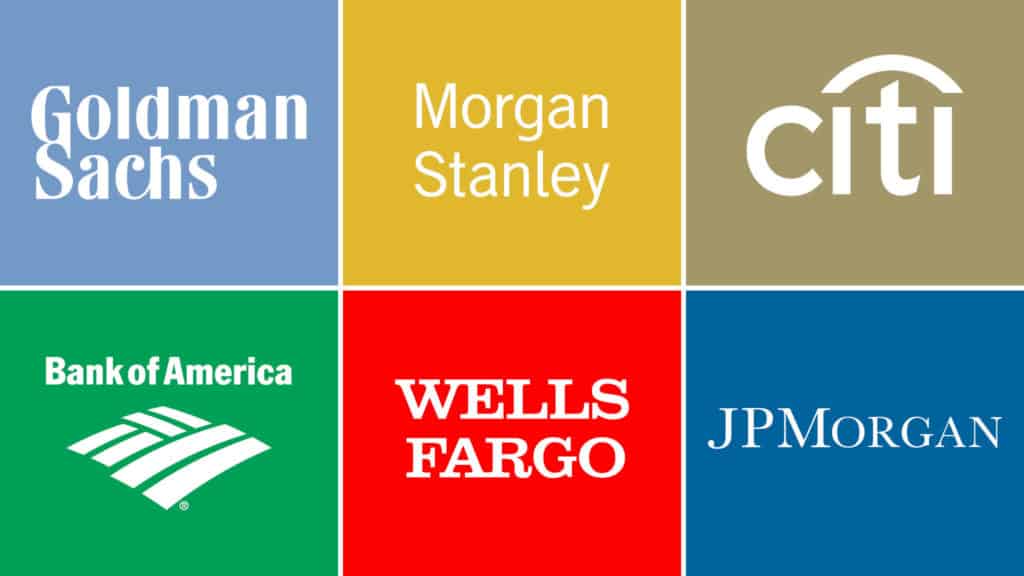The plight of European banks has remained steady throughout the years. The banks have been outperformed by their American counterparts yet again.
What’s happening with European banks?
The European banks have been suffering for years, and their sheer lack of opportunity is leading to a one-sided competition with Wall Street rivals. Their wholesale banking business isn’t working well- revenue has been shrinking on the dealing floor and is expected to remain flat in the future as well. Now banks are moving towards helping corporate manage their huge stockpiles of cash. These transactions are helping banks earn much higher revenues.

Oliver Wyman and Coalition predict that transaction banking will soon overtake the fixed income market as the biggest cash cow for banks. Banks could earn $102 billion by managing cash, payments, and trade financing the corporates. Trading of bonds and currencies will bring $101 billion, but the gap between the two is expected to increase.
US firms overtake Europeans in transaction banking too
While the shift towards transaction banking is finally occurring in Europe, US firms still lead the business. They are also marching ahead in trading and capital markets. One of the strongest indicators of a bank’s success is technology spending. Though figures are hard to come by, BCG, BCG Expand and Rubin Worldwide estimate that European firms only allocate 11% of their revenue to IT spending. The funding is similar to their American counterparts, but European sales are still contracting.
While top American banks like Citigroup and JP Morgan have increased their revenue by 3% and 13% respectively, BNP Paribas’s revenue has decreased by 2%. Deutsche Bank revenues have fallen by 16%. Only HSBC has witnessed an increase in revenue, which jumped by 12% because of the company’s Asia business.
Most importantly, European firms are devoting only a smaller percentage of their money to creating new platforms and services. For US firms the change-the bank ratio (which suggests a difference in investments for future vs. spending to keep operating) was 41%. The ratio for European banks was only 30%.
As leaders in the world of banking will be decided on the basis of the fastest technology and the cheapest platforms, European banks are expected to bleed. The top 10 firms control 30% of the market share. While European banks in this list are still growing, clients tend not to switch banks too often. Therefore, adding new products and clients will be important for European lenders.
Trusted & Regulated Stock & CFD Brokers
What we like
- 0% Fees on Stocks
- 5000+ Stocks, ETFs and other Markets
- Accepts Paypal Deposits
Min Deposit
$200
Charge per Trade
Zero Commission on real stocks
64 traders signed up today
Visit Now67% of retail investor accounts lose money when trading CFDs with this provider. You should consider whether you can afford to take the high risk of losing your money.
Available Assets
- Total Number of Stocks & Shares5000+
- US Stocks
- German Stocks
- UK Stocks
- European
- ETF Stocks
- IPO
- Funds
- Bonds
- Options
- Futures
- CFDs
- Crypto
Charge per Trade
- FTSE 100 Zero Commission
- NASDAQ Zero Commission
- DAX Zero Commission
- Facebook Zero Commission
- Alphabet Zero Commission
- Tesla Zero Commission
- Apple Zero Commission
- Microsoft Zero Commission
Deposit Method
- Wire Transfer
- Credit Cards
- Bank Account
- Paypall
- Skrill
- Neteller
What we like
- Sign up today and get $5 free
- Fractals Available
- Paypal Available
Min Deposit
$0
Charge per Trade
$1 to $9 PCM
Visit Now
Investing in financial markets carries risk, you have the potential to lose your total investment.
Available Assets
- Total Number of Shares999
- US Stocks
- German Stocks
- UK Stocks
- European Stocks
- EFTs
- IPOs
- Funds
- Bonds
- Options
- Futures
- CFDs
- Crypto
Charge per Trade
- FTSE 100 $1 - $9 per month
- NASDAQ $1 - $9 per month
- DAX $1 - $9 per month
- Facebook $1 - $9 per month
- Alphabet $1 - $9 per month
- Telsa $1 - $9 per month
- Apple $1 - $9 per month
- Microsoft $1 - $9 per month
Deposit Method
- Wire Transfer
- Credit Cards
- Bank Account


